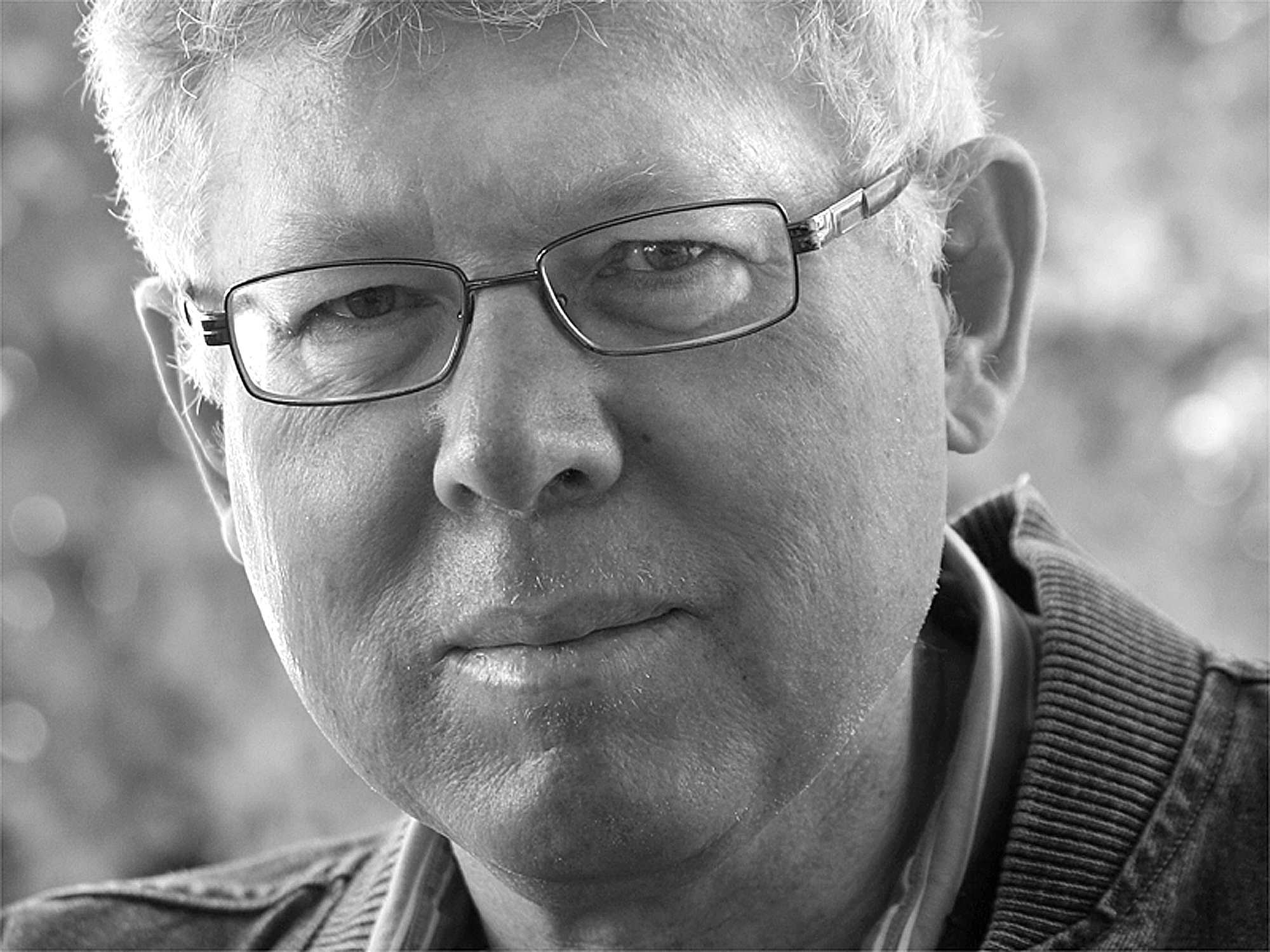Columnists
Slowdown on butterfat mile

The interim report we’ve all been holding our breath for is finally on its way to council. The Times has been leaked an advance copy and has interviewed its principal author.
For those readers who don’t follow local news regularly, last fall, council put out to tender a contract to study traffic patterns in Wellington. The winning bidder, at $557,000, Sensible Safety Solutions LLP, was to produce an interim report by the beginning of June.
The report, entitled “Slowdown on Butterfat Mile: a Multi- Factoral Solution for Traffic Calming in Wellington” (“Pretty grabby title for a stuffy report, eh” said SSS president Bill Galiphant with a grin), concludes that traffic in Wellington is at an alltime high and that pedestrians are potentially at risk. And the greatest risk occurs in the vicinity of our local ice cream parlours —of which we now boast four along our “Butterfat Mile,” for which Wellington is now developing a deserved reputation as far away as Hillier and Bowerman’s Corners. On the roads, there is tension as some cars already drive at a crawl as they scope out the best parlour to visit, while others are gripped with an urge to motor through Wellington as fast as possible. Correspondingly, on the sidewalks at the ice cream parlours, our youngest and most vulnerable citizens congregate in ever-increasing numbers.
So it’s perhaps no wonder that the solution that the report proposes is built around those very ice cream parlours. It proposes the creation of special “ice cream zones” within a 100-metre radius of each parlour, within which special rules would apply to both automobiles and pedestrians.
For automobiles, the report recommends a maximum speed of 12.6 kilometres an hour in an ice cream zone. Signs would also warn motorists that “fines are doubled when ice cream eaters present.” Galiphant acknowledged that by its very design, the measure would bring all traffic passing through Wellington to a crawl. But he denied that this would result in “ice cream rage” among impatient motorists. (“If they do rage, they’ll have the OPP to contend with,” said Galiphant. “And remember, they aren’t far away: we have a Tim Hortons now.”)
Even though the new rules are written for their benefit, pedestrians do not get off lightly either. Chief among the recommendations is that regardless of their age, pedestrians in an ice cream zone be forbidden from walking or running at the same time as ingesting ice cream (which is broadly defined so as to include sorbets and gelatos, but which does not include smoothies, slushies and milkshakes and other beverages for which the principal means of ingestion is a straw).
Fines for engaging in prohibited movement would depend on the size of the ice cream treat—$50 for a baby cone, $75 for one scoop, $100 for two scoops, and so on. “We don’t think this will have a negative effect on the ice cream trade,” said Galiphant. “Studies show most ice cream is bought by grandparents, who appreciate safety first. And it’s not like they’re going to take their grandkids go-karting instead. It will also encourage people to develop responsible habits and not to order more ice cream than their stomachs will permit.”
Galiphant denied that the report was a watereddown version of a preliminary draft that had recommended making it mandatory to wear bicycle helmets in pedestrian ice cream zones. He also denied that SSS had considered making it a rule that ice cream cones be sold with a non-drip laquer, to reduce tantrums and other unpredictable behaviours. He did say, however, that if a city such as Toronto can take steps to ban texting while walking, then surely a community such as Wellington can address the same risk by banning eating ice cream and walking.
The interim report will go first to a committee of the whole and then to full council, which is likely to recommend broad public consultation. No date is set for the final report, although a source close to Mayor Robert Quaiff reportedly said council would like to have the new rules in place by late 2018 or 2019.
The cost of the SSS report has been the subject of some controversy. Sensitive to that issue, Galiphant admitted that while he had travelled to the major capitals of Europe to view successful traffic-calming methods for the study, and was particularly pleased and grateful to have been able to visit Copenhagen for the first time, he had never expensed an ice cream purchase that wasn’t necessary for the study. Or eaten an ice cream cone that he didn’t finish.

Comments (0)